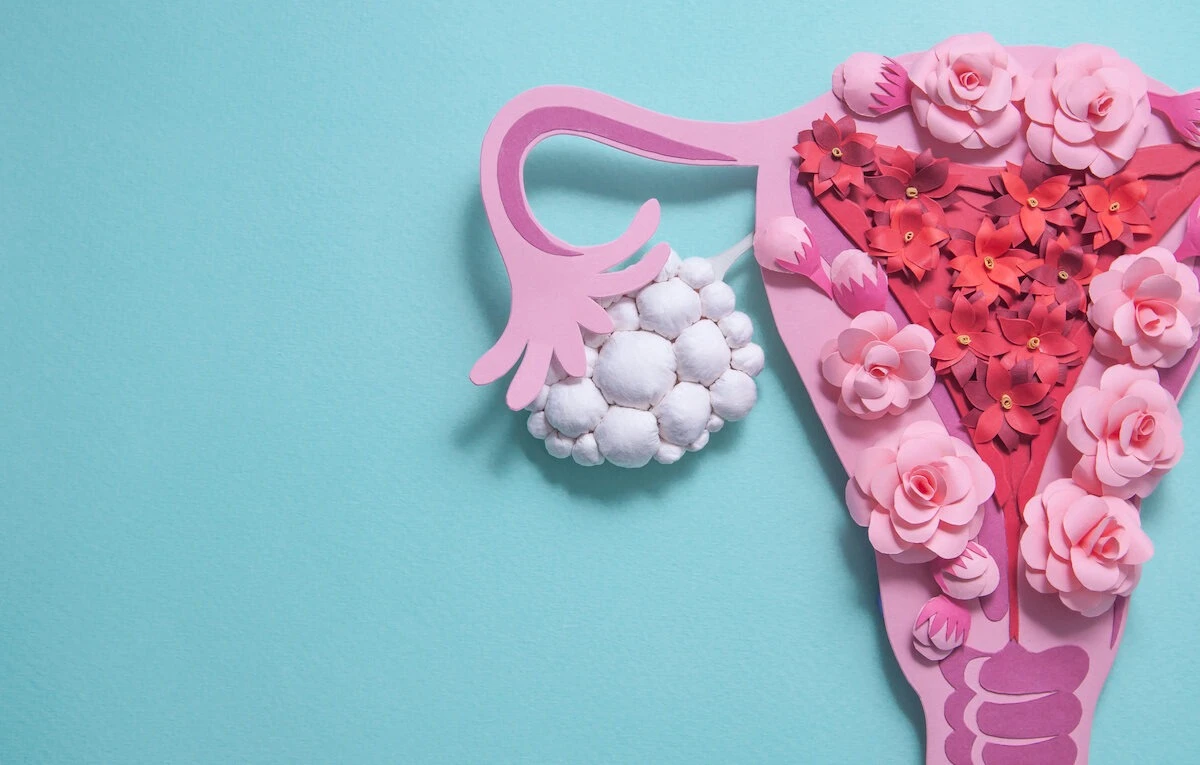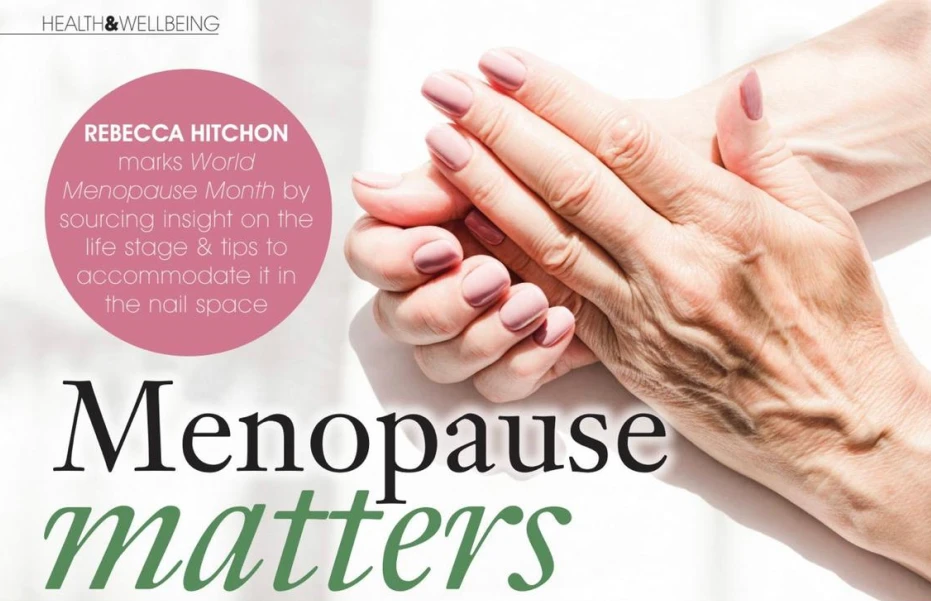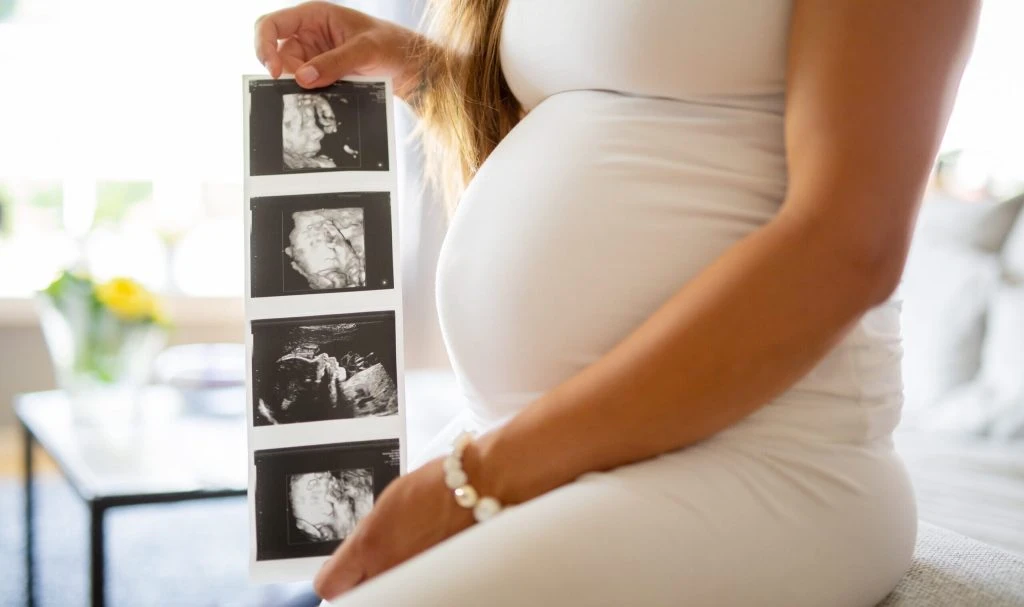The three main features of PCOS:
-irregular periods– which means your ovaries don’t regularly release eggs (ovulation)
-excess androgen – high levels of “male hormones” in your body, which may cause physical signs such as excess facial or body hair (see signs and symptoms below)
-polycystic ovaries – your ovaries become enlarged and contain many fluid-filled sacs (follicles) which surround the eggs (it’s important to note that, despite the name, if you have PCOS you don’t actually have cysts)
If you have at least two of these features you may be diagnosed with PCOS.
Polycystic ovaries contain a large number of harmless follicles that are up to 8mm (approximately 0.3in) in size. The follicles are under-developed sacs in which eggs develop. In PCOS, these sacs are often unable to release an egg, which means that ovulation doesn’t take place.
It’s difficult to know exactly how many women have PCOS, but it’s thought to be very common affecting about one in every five women in the UK. More than half of these women don’t have any symptoms.
If you do have signs of symptoms of PCOS, they’ll usually become apparent during your late teens or early twenties.
They can include:
-irregular periods or no periods at all
-difficulty getting pregnant as a result of irregular ovulation or failure to ovulate
-excessive hair growth (hirsutism)– usually on the face, chest, back or buttocks
-weight gain
-thinning hair and hair loss from the head
-oily skin or acne
PCOS is also associated with an increased risk of developing health problems in later life, such as type 2 diabetes and high cholesterol levels.








